Understanding Fungal Infections: Causes, Risks, and Natural Remedies
Fungal infections can be both embarrassing and uncomfortable, especially when they affect visible areas like the fingers. These infections range from mild to severe and can sometimes become debilitating. The two primary types of fungal infections are tinea infections, such as ringworm and athlete’s foot, and yeast infections, including candida and thrush.
Types of Fungal Infections
Tinea Infections: Dermatophytes, a group of fungi, cause these infections. They are responsible for conditions like ringworm, jock itch, nail infections, and athlete’s foot. Tinea is highly contagious and spreads through contact with infected individuals, animals, or contaminated surfaces like locker rooms and swimming pools.
Yeast Infections: An overgrowth of yeast, particularly Candida, leads to conditions like oral thrush and vaginal yeast infections. This overgrowth, known as dysbiosis, often occurs when the balance of good bacteria in the gut becomes disrupted. Antibiotic use commonly causes this imbalance.
The Role of Diet in Fungal Infections
Diet plays a significant role in both the incidence and recurrence of fungal infections. Certain food allergies can trigger these infections. Common allergens include dairy products, wheat, nuts, corn, eggs, and foods high in refined sugars. Consuming too many sugary foods and carbohydrates can increase the risk of fungal growth under the nails. Additionally, foods like alcohol, peanuts, mushrooms, and cheese can promote yeast overgrowth.
The Elimination Diet helps identify specific food allergens that may contribute to these infections. A balanced diet, rich in whole foods and low in refined sugars, helps maintain a healthy internal environment that discourages fungal growth. Furthermore, nutrient deficiencies, particularly in B-complex vitamins, vitamin C, vitamin A, and folic acid, can contribute to the persistence of these infections.
Risks and Triggers
Several factors can increase the risk of fungal infections or trigger outbreaks:
- Humidity and Warmth: Warm, moist environments encourage fungal infections.
- Stress and Anxiety: Stress weakens the immune system, making the body more susceptible to infections.
- Scratching: Scratching affected areas can spread the infection.
- Underlying Health Conditions: Diseases like diabetes, HIV, cancer, and autoimmune conditions can make individuals more prone to fungal infections.
- Antibiotic Use: Antibiotics can disrupt the balance of gut flora, promoting yeast overgrowth.
- Copper Toxicity: High tissue levels of copper can contribute to fungal infections. A hair analysis can help determine copper levels if toxicity is suspected.
Natural Remedies and Topical Treatments
Tea Tree Oil: This potent oil effectively combats most fungi, including athlete’s foot and toenail fungus. Apply it topically to the affected area 2-3 times daily. However, avoid ingesting tea tree oil, though it can serve as a mouthwash or gargle for oral infections.
Oregano Oil: Known for its antifungal properties, oregano oil can treat fungal infections topically. You can also take it orally to address internal fungal overgrowth.
Garlic: Garlic has potent antifungal and antiseptic properties. Apply it topically or consume it daily to help combat fungal infections.
Dietary and Lifestyle Adjustments
- Eliminate Trigger Foods: Reduce intake of dairy, gluten, nuts, corn, and high-sugar foods to minimize the risk of fungal overgrowth.
- Consume Antifungal Foods: Foods like garlic, onions, and fermented foods with probiotics help maintain a healthy balance of gut flora.
- Hydration: Drink plenty of water to support overall health and flush out toxins.
- Stress Management: Incorporating stress management techniques like meditation and yoga can boost immune function and reduce the risk of infections.
Conclusion
Fungal infections, whether on the skin, nails, or internally, can be managed effectively with a combination of dietary changes, natural remedies, and lifestyle adjustments. By focusing on a diet rich in whole foods, avoiding known allergens, and incorporating antifungal herbs, individuals can support their body’s natural defenses against these infections.

